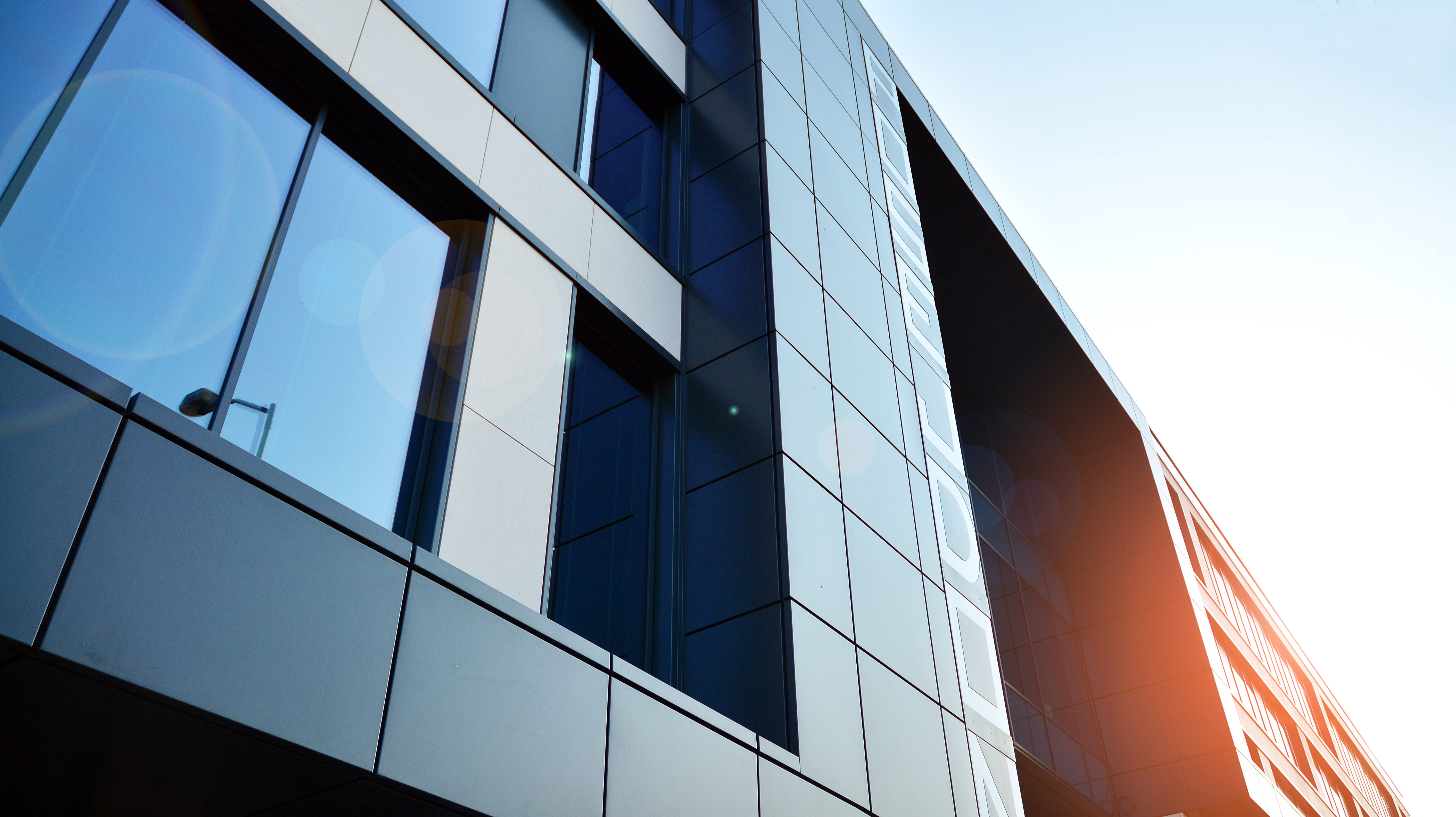Johns Manville is pleased to announce that our AP™ Foil-faced Polyiso Foam Sheathing boards have passed the National Fire Protection Association (NFPA) 285 test and can now be used with ACM cladding.
This NFPA 285 approval gives architects, specifiers and installers more choices for commercial multi-story buildings. They are assured when using JM’s AP Foil that its flammability characteristics meet accepted NFPA 285 standards, which are essential for keeping occupants safe.
AP Foil and ACM cladding
AP Foil has long been a popular choice in a variety of assemblies for its exceptional heat, moisture and air control and has always been an excellent material for indoor or outdoor applications. Now approved for use with ACM cladding, this further expands the number of applications that can benefit from AP Foil. And it gives specifiers the option to use JM throughout a project.
What are the applications for ACM cladding?
ACM cladding is all around us, from downtown skyscrapers to retail stores. When you see metal on the outside of a commercial building, chances are it’s an ACM panel. JM’s NFPA 285 approval for use with this material means even more projects can benefit from trusted JM products.
NFPA 285 testing and approval
NFPA 285 is the standard test method designed to determine the flammability characteristics of exterior, non-load-bearing wall assemblies. Testing involves a two-story specimen wall at least 18 feet high and 13 feet, 4 inches wide. The assembly to be tested must contain a window opening at least 78 inches wide in the lower floor wall. There are additional specifications regarding the dimensions of an apparatus to support the wall.
During the test, the assembly is exposed for 30 minutes to gas-fired flames inside and outside, with the intent to simulate flashover. During this aggressive testing, the wall is subjected to intense flames.
The specific assembly must be shown to limit the spread of the fire both vertically and horizontally from the window. Temperature is monitored during the test with thermocouples, while flame height and width are also measured. To pass, flames cannot reach 10 feet above the top of the window or five feet laterally from the window centerline, and the thermocouples cannot exceed 1,000°F during the test.
Acceptance criteria involves five areas: flame propagation on the exterior face of the wall assembly; flame propagation through combustible components and insulation; temperatures in the second story; flame propagation to the second story; and flame propagation to adjacent horizontal spaces.
Building Enclosure Solutions
Approval of AP Foil under ACM panels opens up an array of options for the architect designing exterior assemblies in Types I-IV construction. The designer can select from all types of exterior rainscreen assemblies including cement panel, thin brick, solid metal panels, aluminum honeycomb and ACM panels. With flashing tape, the wall system can be simplified to include AP Foil as the air and weather barrier, eliminating the need for a separate layer in the assembly. This can reduce labor costs and increase performance in applications that require an exterior vapor barrier.
Johns Manville is committed to providing the best materials designed for building enclosures. Passing this latest NFPA 285 test is just part of the process of continuous improvement for our full line of exterior enclosure solutions.

